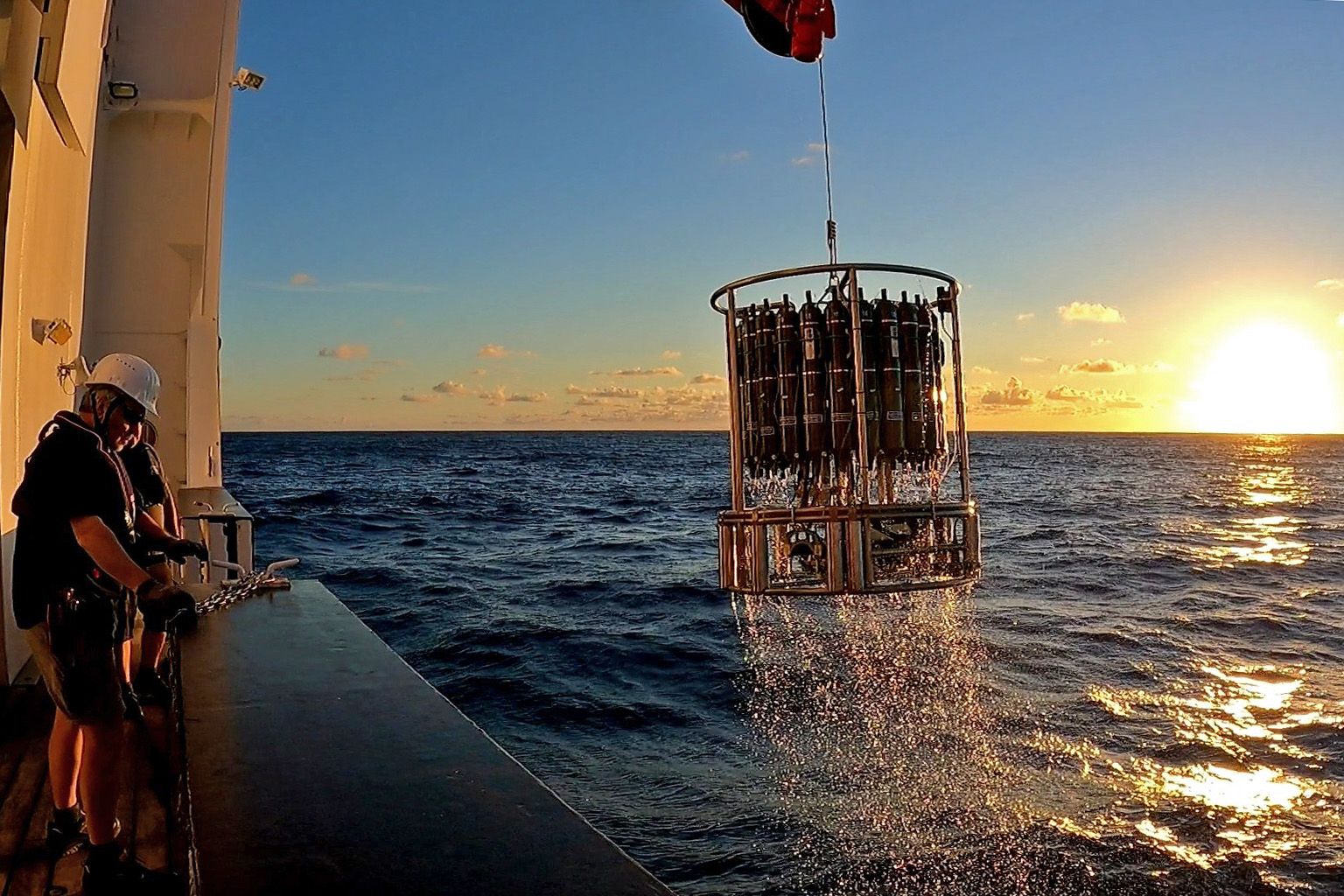The research cruise SO298 is part of the International GEOTRACES Programme as a section cruise. The cruise will cross the equatorial Pacific Ocean (EPO) along 0°S from Guayaquil (Ecuador) to Townsville (Australia), with a focus on trace element biogeochemistry and chemical oceanography but also including physical and biological oceanographic components. The research topic of the cruise is to determine in detail the distributions, sources and sinks of trace elements and their isotopes (TEIs) in the water column along a zonal section in one of the least studied ocean regions on earth. We aim to investigate the biogeochemical cycling of TEIs, and their interactions with surface ocean productivity and the carbon and nitrogen cycles (incl. N2 fixation) given that some TEIs act as micronutrients. The findings will have global significance for understanding the chemical environment in which ecosystems operate. The supply pathways of TEIs to the EPO from ocean boundaries (Fig. 1) including the atmosphere (east Asian dust), continents (rivers on east and west side of transect), sediments (on continental shelves/slopes), and ocean crust (hydrothermalism) will be investigated. The TEI transport within water masses will be determined with a focus on the southward flow of hydrothermally derived TEIs towards the Southern Ocean but also the deep inflow of Southern Ocean waters in the western EPO. The TEI transport assessment along the cruise track (Fig. 2) will also allow a more reliable use of some TEIs as paleo circulation proxies. The cruise is officially part of the international GEOTRACES program.

Our first CTD station was conducted on April 15 immediately outside Guayaquil, in waters with a depth of 110 m. From there we continued towards the Galapagos Islands.
We are now 2 days into the cruise and have nearly finalised station 4. The weather is very kind to us with low winds, regular rain and high temperatures. The Sonne is very stable, and we hardly notice the sea.
On a daily basis we will sample in detail the water column until the seafloor using the trace metal clean titanium CTD and also the stainless steel Sonne CTD. The titanium CTD is operated by a dedicated winch system with a Kevlar cable (Fig. 3), thereby preventing contamination of the samples during the sample collection. Once on deck Niskin bottles are removed from the frame and taken to our trace metal clean container where the water is filtered through various different filter pore sizes into a large number of different bottles for analysis at sea and in the home laboratories. We are also collecting particles from the water column using in situ pumps for elemental and synchrotron analysis. We are deploying daily a second titanium CTD (stainless steel) to assess controls on surface ocean primary productivity and di-nitrogen fixation.

The cruise will sail through a range of Exclusive Economic Zones of various countries. Obtaining diplomatic clearances for the 5 states is always a challenge, and the clearance to work in waters of Ecuador only arrived 3 days before we sailed. All good and we have set off!
